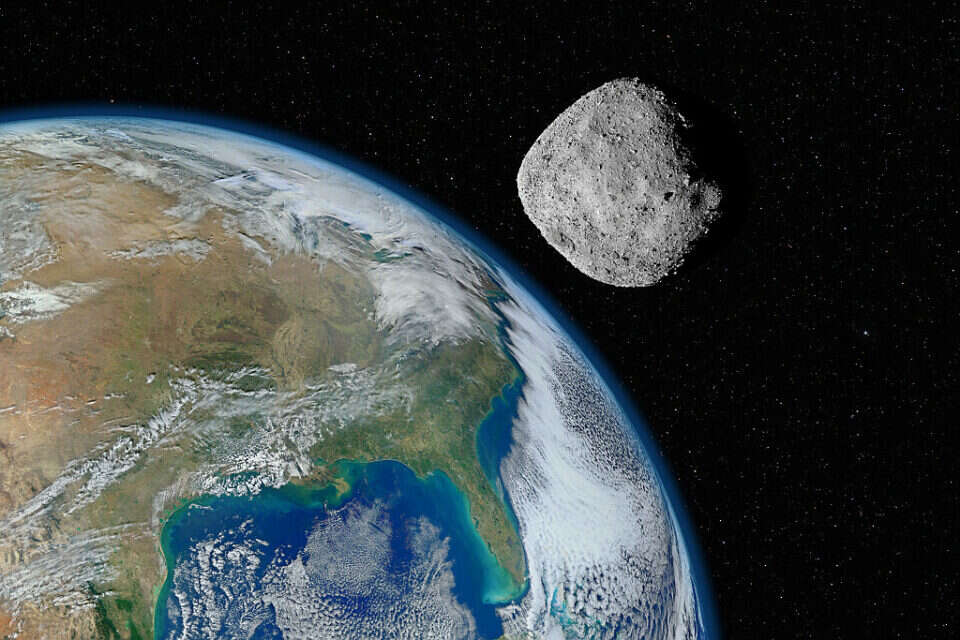The European Space Agency (ESA) announced in recent days that it has connected the two parts of the Hera spacecraft, the next step in a global collaboration that tries to ensure that an Armageddon-like scenario, in which a huge asteroid is about to hit Earth, never happens. We used ChatGPT to explain how this will be done and what role the new European spacecraft plays in the effort:
In September 2022, NASA succeeded in crashing a spacecraft onto an asteroid called Dimorphos, orbiting a larger android called Didymos, as part of the DART mission (a name that is also an acronym for "Double Asteroid Deflection Experiment" and also forms the word "arrow" in English). The crash was not a mishap, but part of an attempt to examine ways to protect the planet from a scenario similar to the one that is believed to have wiped out the dinosaurs. The crash was intended to alter Dimorphos' orbit to demonstrate humanity's ability to deflect asteroids that might be on their way to collide with Earth.
ESA's Hera spacecraft, whose two parts were assembled two weeks ago at the headquarters of technology company OHB in Germany, represents a vital piece of the international planetary defense puzzle. It is now expected to move to ESA's ESTEC test center in the Netherlands, and once confirmed to be ready for flight, it will be launched by Elon Musk's SpaceX in October 2024 aboard a Falcon 9 rocket. By the end of 2026, four years after the DART impact, it will reach Dimorphos, conducting a comprehensive assessment of changes in the orbit of the asteroid pair.
Hera is equipped with a radar sensor, an optical camera and a thermal camera, which will allow her to take a closer look at Dimorphos and its surroundings. Hera is joined by two tiny satellites, Juventas and Milani. Juventes will study the interior of Dimorphos using radar, while Milani will focus on observations of the asteroid's surface using near-infrared light.
Although Hera's main goal is to study the effects of DART, space-based observations have already made some unexpected discoveries; The Hubble Space Telescope showed that the asteroid collision released a cloud of rock around Dimorphos, adding a layer of complexity to our understanding of asteroid behavior. In addition, analyses have shown that the injury to Dimorphos caused a change in his movement pattern around Didymos, causing Didymos himself to change his movement pattern. The intermediate conclusion is that in the event of an asteroid threatening humanity, Bruce Willis is not needed to prevent the disaster – a 'suicide' spacecraft is enough to crash into it or a nearby body and cause a change in its direction of movement.
Wrong? We'll fix it! If you find a mistake in the article, please share with us

